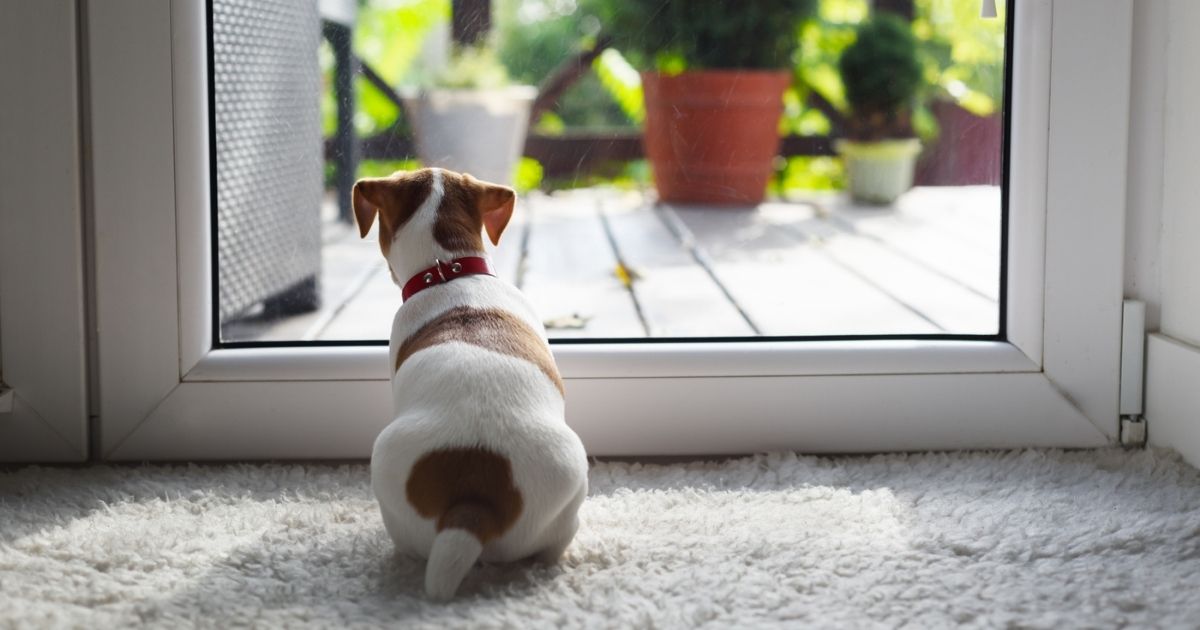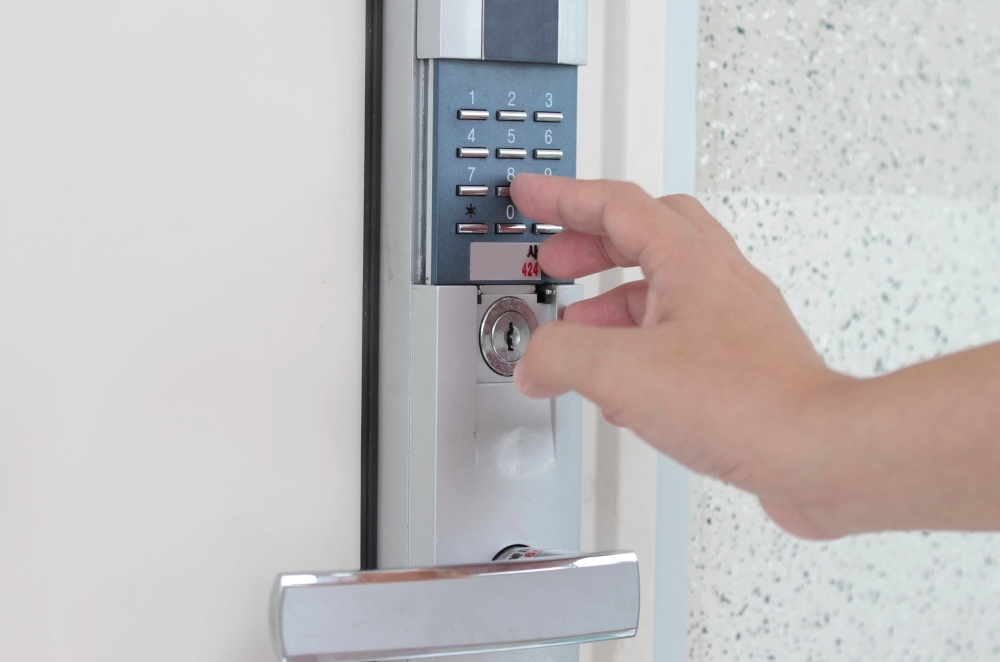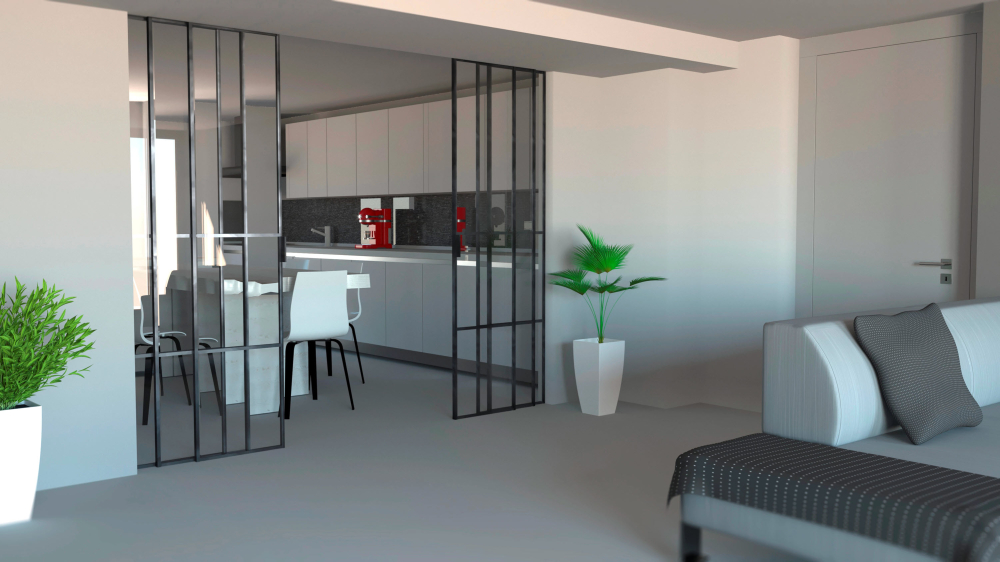Do you have a pet that likes to go outside? If so, you may be looking for a way to give them easy access to the great outdoors, without constantly having to get up to open the door for them.
Installing a pet door is the perfect solution, allowing your furry friend to come and go as they please.
This blog article will explain the benefits of installing pet doors and where they are best installed in your home. We will also provide a four-step guide to installing a pet door on a flyscreen door.
Where Should Pet Doors Be Installed in the Home?
When deciding into which door you should install a pet door to, consider your pet’s needs. Think about the closest access point to where they play and do their business – and which area of your yard is the most secure.
Many cat owners have ‘catios’ attached to the laundry or side doors, making that the purrfect place for a cat door. However, many dog owners allow them to go into the back yard to run around, making the back door a great place to put a dog door.
Installing Pet Doors onto Security Screen Doors
Pet doors can be installed onto glass doors, flyscreens, and security doors. However, according to the Australian Standards, once a pet door is installed into a security screen door, they are no longer considered a ‘security screen.’. This is because of the low-security hole in the door which intruders can utilise.
Nevertheless, we still believe that these are a great option if you want a higher level of protection than standard flyscreens, and wish to accommodate your pet.
Installing a pet door onto a security screen mesh should ideally be done by a professional as it requires multiple speciality tools to cut through the material.
3 Benefits of Pet Doors

Pet doors provide many benefits to both you and your pet. They offer convenience and flexibility for everyone! Here are the top benefits of installing a pet door in your home:
1. Pet Doors Create Independents
Pet doors allow pets the freedom to go outside whenever they need. This means they won’t have to bother you whenever they need to do their business, get some fresh air or investigate a noise.
2. Pet Doors Provide the Ability for Them to Escape in Emergencies
Just like humans, pets are also prone to accidents and emergencies. For example, your pet could be in trouble if there was a household fire or if there was an intruder in the house, as they’d be trapped inside! However, with a pet door installed, it allows your four-legged friend to escape from these situations easily, without requiring help.
3. Pet Doors Help to Reduce Damage to the Home
Whether it’s scratches on the door or urine on the carpet, your pet can sometimes damage or dirty the home when they can’t go outside. While it is inevitable that you will experience some of this when having a pet, with a pet door installed in your home, it reduces the number of times they’re unable to hold their bladder or get up to mischief because they are bored.
4 Steps to Installing a Pet Door into a Flyscreen Doors
Installing a dog door into an existing flyscreen may seem like a difficult task, but we hope to make it as easy for you as possible with our four-step guide on how to install pet doors.
1. Ensure the Pet Door is the Right Size
The first step is choosing the right sized pet door.
Both dog doors and cat doors are available, each of which comes in various sizes. You want to ensure that you get the right size for your pet. If it’s too small, they will not use it. In contrast, if it’s excessively large, you are opening up the possibility of having someone break in through the doggy door.
If your pet is only a puppy or kitten when you install their pet door, consider how big they will grow.
2. Trace the Area You Wish Install the Pet Door
Once you have purchased a suitable pet door, trace the door on the mesh where you want to install it. Do this by placing the pet door on the fly screen where you want it and sketching around the inside. Use a marker that is easy to remove, such as chalk (which should come off with water).
Once you have outlined the new door, consider whether the positioning is at the perfect height, allowing your cat or dog to pass through with ease.
3. Cut the Flyscreen Door
Once you have marked the outline of your pet door, it’s time to cut out the flyscreen. It can be easiest to place the flyscreen on a soft surface you don’t mind cutting like cardboard or the lawn, then using a stanley knife, cut along the lines you just drew.
Remember when completing this step that you can always trim away more mesh later. So, trace inside the lines to avoid over-cutting the material.
4. Insert the Pet Door
Now that you have cut out the flyscreen, it is time to insert your pet door. All pet doors are generally inserted the same way, which is by placing the two components of the pet door on either side and snapping them or screwing into place.
Once inserted, test that the pet door swings freely and does not snag on any part of the frame or mesh. If necessary, trim away some more material with scissors.
Security Screen Pet Doors in Perth
If you would prefer a CrimSafe door with a pet flap for heightened security over standard flyscreen mesh, Clearview Security have you covered! We offer three different sizes of pet doors which we can custom install into a CrimSafe screen door of your choice.
Please don’t hesitate to contact us on (08) 9443 8633, email us at info@clearviewsecurity.com.au or receive a free online quote.




